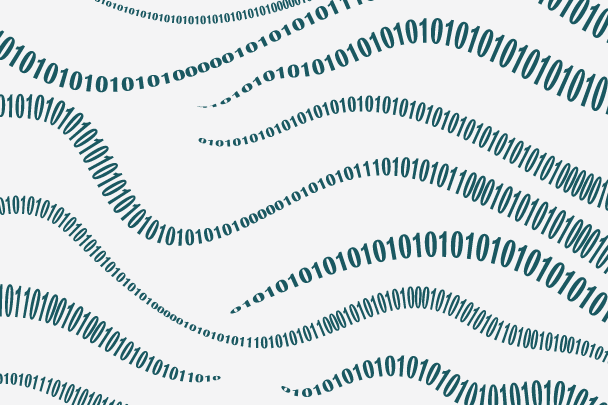What’s next?
The federated access and identity management model was “the best infrastructure for people to collaborate,” according to Scott Koranda, Senior Scientist at University of Wisconsin-Milwaukee. Currently, LIGO operates as an Identity Provider, verifying the identity of collaborating scientists, but they will eventually turn this function off and the home institutional credentials of scientists will be used to verify identities and enable access to services.
The success of the federated model paves the way for additional services supporting research collaborations, and so the LIGO team works closely with REFEDs, the organization that represents the mutual needs of research and education identity federations worldwide. REFEDs works to find consensus approaches that all identity federations can adopt, developing policy on issues such as interfederation, privacy, assurance, and relationships with partner communities.
A federated model for identity
and access management was
“the best infrastructure
for people to collaborate.”
For the team at LIGO, the integrity of the federated framework is a jumping-off point for a range of new initiatives, including working with international peers on cybersecurity, level of assurance, and multi-factor authentication.
Deploying a proven, scalable federated framework to enable global collaboration among hundreds of scientists was just one of the wins for the LIGO team –the big win was proving the existence of gravitational waves, corroborating Einstein’s theory and making a truly ground-breaking discovery in physics.
The future is collaborative – and CANARIE’s
Canadian Access Federation
supports secure and seamless access
to global research resources.


